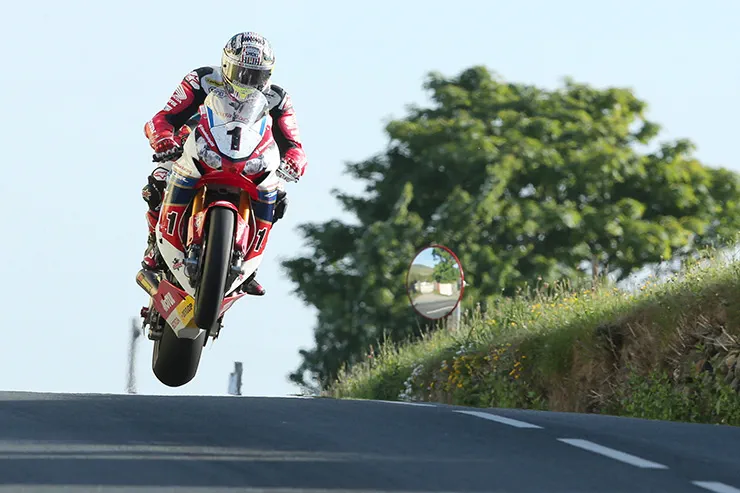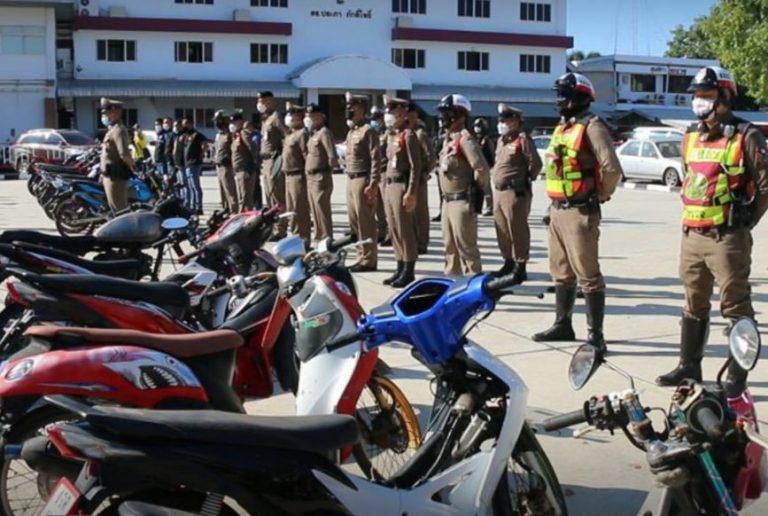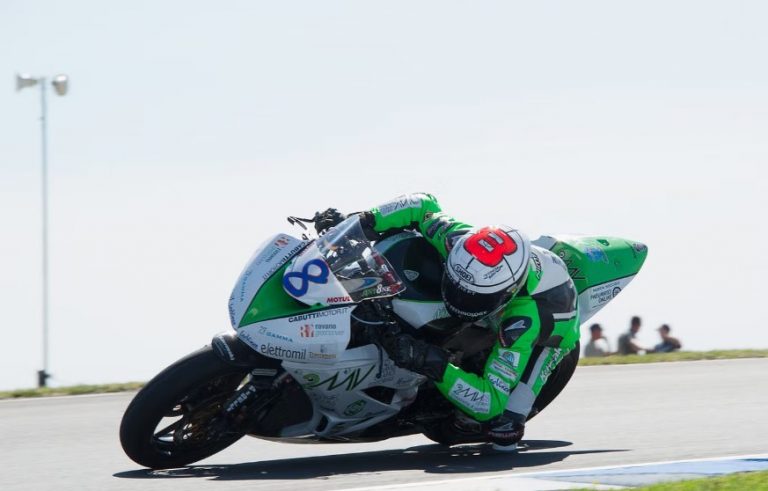Every time they release a new model, manufacturers spend millions of dollars trying to reduce the weight of the vehicle. Whenever a new bicycle is unveiled at some flashy event, one of the main selling points is always how much lighter it is than its predecessors. Not just sport bikes, either; the new Yamaha MT-09 for 2021 is 1.7 kilogrammes lighter than its predecessor.
We can’t single out Yamaha either; every producer asserts that their latest model saves weight where it counts—in the chassis—by employing innovative materials and engineering. Many weight-saving measures have been implemented over the years, such as the use of alloys in place of steel, carbon in place of plastic, and the reduction of unnecessary material from parts like headlights, sub-frames, and brackets.
This is just the beginning. Lighter wheels, brake callipers, batteries, carbon accessories, titanium bolts, and, most obviously, dedicated race exhausts, which can save 2-6kg alone by removing the standard and heavy catalytic converter, are just some of the weight-saving accessories available on the aftermarket.
As a final, often-overlooked option, the rider represents a simple, low-cost means of trimming excess weight. If you gain weight over the holidays, the lighter titanium exhaust that Akrapovic worked so hard to install for you will be for nought.
But what exactly does this reduction in mass mean? Can you please tell me if 5 pounds is the same as 5 horsepower? Do you notice a change? Lotus’ brilliant engineer and multiple-time Formula One world champion Colin Chapman once said, “Adding power makes you faster on the straights; subtracting weight makes you faster everywhere.”
There are sceptics and self-proclaimed “experts” on the internet who will tell you that your weight is irrelevant, but I assure you that this is not the case. Your wheels would feel significantly heavier if I added just one kilogramme to each one. You would be the first to notice if I doubled the weight of the conrods in your engine, causing it to rev more slowly and generate less power and torque. Try to prolong the time you can keep a sugar bag at arm’s length. Do the same thing with a bag only half full to see that weight does, in fact, make a difference.
The extent to which you feel the benefits of reducing weight depends on the bike, the terrain, and the rider’s style. However, even on BMW’s most powerful R18, which weighs in at 345 kilogrammes, a 5% increase in mass would be noticeable, especially if added to unsprung components like wheels and brakes.
Also Read: World Superbikes: Andrea Antonelli killed in horrific 250kmh crash in Moscow
Weight is crucial in racing because it impacts not only performance and handling but also tyre wear and fuel economy. Three-time world champion Dani Pedrosa, who weighs just 51 kilogrammes and stands just 5 feet and 2 inches tall, has a weight advantage over his competitors. He should be easier on the tyres and the gas tank, right? Well, in theory, yes, but some lightweight riders are hard on the gas and the rubber.
The minimum combined weight of the rider and motorcycle is specified in MotoGP regulations. Due to Moto3’s minimum weight requirement of 152 kilogrammes, a light rider on a small, “low power” bike has a significant performance advantage over a heavier rider on the same machine. This benefit will decrease as bike size and power increase. This is why taller or larger riders always have trouble on smaller bikes; when was the last time you saw a tall or large rider on a Moto2 or Supersport 600?
Away from MotoGP’s powerful bikes and perfectly smooth tracks, I’ve seen another side of motorcycle racing where weight can be an asset: road racing, and the Isle of Man TT in particular. Despite the fact that all riders are subject to the same physical constraints, larger riders like John McGuinness, David Jefferies, and Michael Dunlop have had some of the most impressive results on superbikes at the TT. For example, compared to the tiny 600 TT race winner Lee Johnston, McGuinness should have a slower acceleration, longer stopping distance, and use more fuel, but out on the bumps and lumps of the Mountain Course, those predictions don’t seem to hold true. It has been argued that a heavier rider has an advantage in the rain.
Champion of the British Superbike Championship and one of the tallest riders in the field is Danny Buchan.
Also Read: Hundreds arrested, thousands of motorbikes seized in street racing crackdown
I assume you are the tallest and heaviest rider in BSB; is that a plus or minus in your eyes?
Toby Buchanan, aka Danny Buchan At 6 feet, 3 inches (191 centimetres), I might be the tallest, but I can’t say for sure if I’m also the heaviest. Once the season begins, I weigh around 78 kilogrammes. I remember when Scott Redding visited BSB the year before, he was heavier than me, and we had a conversation about our respective sizes. I’m comfortable at a weight of 78 kilogrammes. Even though I can lift up to 80 kilogrammes, that’s a lot of weight for me to carry around all day. I could drop my weight to an advantageous 76 kilogrammes, but then I wouldn’t feel physically prepared for a crash and I wouldn’t be as strong. I’d feel like I couldn’t even pick up a pencil if I weighed 76 kilogrammes.
There are benefits and drawbacks to carrying extra weight, and these factors vary from BSB to WSBK and MotoGP. My height and weight give me an advantage at tracks like Oulton Park, Cadwell Park, and Knockhill, where I can simply leap over the bike to prevent it from wheeling out. Larger riders with more physicality may have an advantage due to the undulating and physically demanding nature of BSB tracks, but this is not the case in other forms of motorcycle racing. This is something rarely seen in WSBK.
More weight helps in the wet, but it has to be very wet for me to have an advantage in traction. This year at Donington, the track was initially wet but then began to dry out, creating difficulties for a heavier rider. As the track improved, I was losing speed because, as a heavier rider, I was putting more strain on the tyre. On a drying track, a rider who is lighter will have an easier time because they are putting less strain on the wet tyre.
What would you say is the ideal height and weight?
There are ups and downs, so it’s difficult to predict. You need to be physically strong and know that if you crash, you can hopefully get back up again because the tracks in BSB are always different, the undulations are always different, the weather changes from wet to dry every weekend, and the track conditions are always unpredictable. The last thing you want is to be easily broken. So, I reckon that being 6 feet tall and around 74 kilogrammes is about right for BSB.



